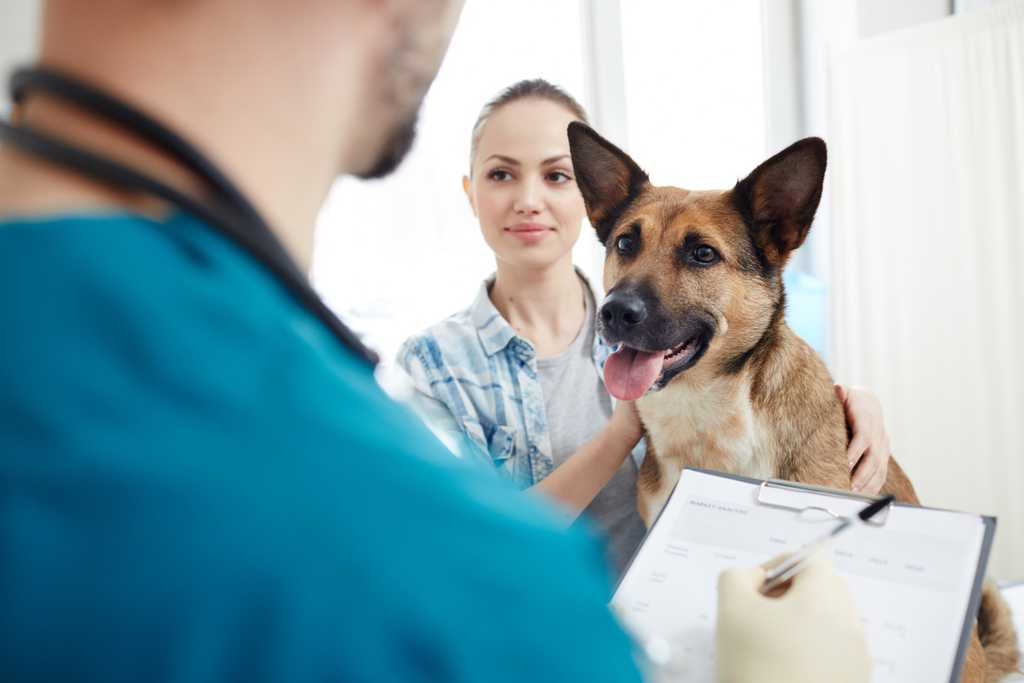For many pet owners, their pet is a beloved sidekick and friend, and an important part of the family. They live in our homes, sleep in our beds, provide emotional support, increase our opportunities to exercise, give affection – overall, bringing joy, but also hard work. Taking care of a pet is a time, as well as a financial investment.
While we don’t like to think about it, pets do get injured, sick, or have accidents. Like all health care costs, veterinary care can add up quickly. These expenses can be in the thousands. Some people are fortunate in that they have the resources, or the willingness, to go into debt for their pet’s care if necessary. Others, perhaps without extra resources, are just not affordable and leave them faced with tough decisions. One way to plan for these costs, and avoid having to make these difficult choices, is to buy pet insurance.
What exactly is pet insurance?
Simply stated, pet insurance is health insurance for your pet. It is a health care policy for your pet that reimburses you for certain medical expenses when your animal gets sick or hurt. There are also more comprehensive plans that will include preventive care.
Many pet owners believe pet insurance is like “human” health insurance. In reality, it actually works more like renters or homeowner’s insurance. Instead of the veterinarian submitting a claim to the pet insurance company, the pet owner covers the initial vet bill and submits a claim to the insurance company. For most policies, owners pay a monthly premium, and a deductible – depending on the type of care. Since most of us have cats and dogs, most Pet insurance policies are targeted to those owners. However, horses and more exotic species of animals can obtain coverage through certain providers.
How pet insurance works
Like all insurance, there are several different levels of coverages for your pet. The basic policies cover such things as accidents, wellness exams and tests, flea and heartworm prevention, and vaccinations. More expensive coverage extends coverage to diseases, sicknesses, and diagnostic treatments, including:
- Cancer treatment
- Dental procedures
- Exam, lab tests, and X-rays
- Prescriptions
- Surgeries and hospitalization
- Some chronic hereditary conditions
Depending on the insurer, annual deductibles typically range from $0 to $1,000 and annual limits may be as low as $2,500, or unlimited. Like human insurance, deductibles are covered pet health expenses you must pay before insurance coverage kicks in, while annual limits are the maximum yearly reimbursement amounts from your pet insurer.
What is not included
Before you purchase pet insurance, you need to understand what the plan covers/not covers. Being knowledgeable on the details of the plan up-front is important, so there are no surprises as you use the plan for your pet.
Because policies vary, you should also carefully review the policy to understand the exclusions. . The most common exclusion is pre-existing conditions – ailments or issues your pet had before you purchased coverage. These include:
- Dental disease
- Preexisting or hereditary conditions
- Behavior issues
- Routine checkups
- Preventive care
- Hip dysplasia
- Boarding or accommodations
- Over the counter food and supplies
- Grooming
It’s common for there to be a waiting period after signing up for pet insurance of about two weeks for accidents and illnesses. Issues that come up during this time are often treated as pre-existing and excluded from coverage.
How does pet insurance reimbursement work?
Pet insurance follows a reimbursement-based model. That means that when you take your dog or cat to the vet for an injury or illness, you pay the vet bill at the time of service and submit a claim for reimbursement. The benefit of this reimbursement-based model is that you are free to use any licensed vet or animal hospital you’d like, and not have to stay “in-network” like many human health plans.
Depending on your pet insurance policy, you can either pay a per-incident or annual deductible. If you have a per-incident policy, each time you file a claim for coverage, a fixed amount will be covered by the policyholder. Other plans have an annual deductible. An annual deductible is the fixed amount per policy period that needs to be met before we would begin to pay benefits for covered claims, at the elected reimbursement amount. Only covered claims will be applied to your annual deductible. Your deductible resets when your policy renews each year.
An example is the ASPCA Pet Health Insurance program. Pet owners can choose from $100, $250, and $500 annual deductible options. You can select a higher deductible to pay a lower monthly premium or pick a lower deductible if you want the ability to get more money back. Of course, the monthly costs go up or down depending on what option you choose.
The cost of pet insurance
Like other forms of insurance, the costs can vary widely depending on a number of factors. Monthly premiums can be as low as $10 to over $100 (or more) per month. These include:
- Pet’s Age
- Breed
- Coverages, deductibles, and limits
- Gender
- Geographic location
- Species
According to the website valuepenguin.com, the average costs of pet insurance are higher for dogs (60% higher), than for cats for accident and illness policies. Older and larger animals also have higher pet insurance rates, as these tend to have more health issues than younger or smaller pets. In the same valuepenguin article, their survey of 11 of the health insurance companies gave an average monthly cost of pet insurance plans that cover both accidents and illnesses is $48.78 for dogs and $29.16 for cats. The survey also showed a wide range of prices between the insurance carriers for the same pet/location/age/plan. So, it is best to shop around to find the right mix of coverage and costs for your specific pet(s).
Is pet insurance worth the cost?
The answer to that question is “maybe.” In several cases, it might be more affordable to do without pet insurance coverage. It is very well possible for your pet to never get sick or hurt – and all you pay over their life is out-of-pocket costs for annual checkups and shots.
However, not having insurance is a risk, depending on your financial situation. It all depends on if your pet is injury prone - the services needed, and your pet’s future requirements. Pet insurance can pay for itself if your pet has an unexpected illness, accident, or surgery. People who can afford a monthly premium but would struggle to pay an unexpected bill in the thousands find pet insurance provides financial protection and peace of mind.

